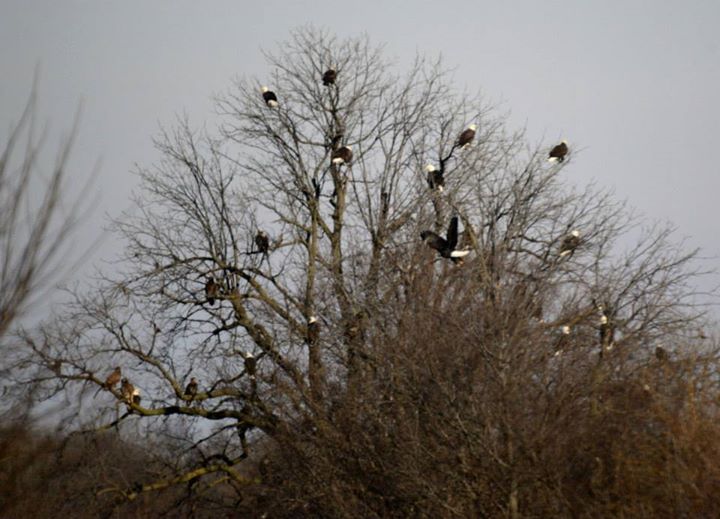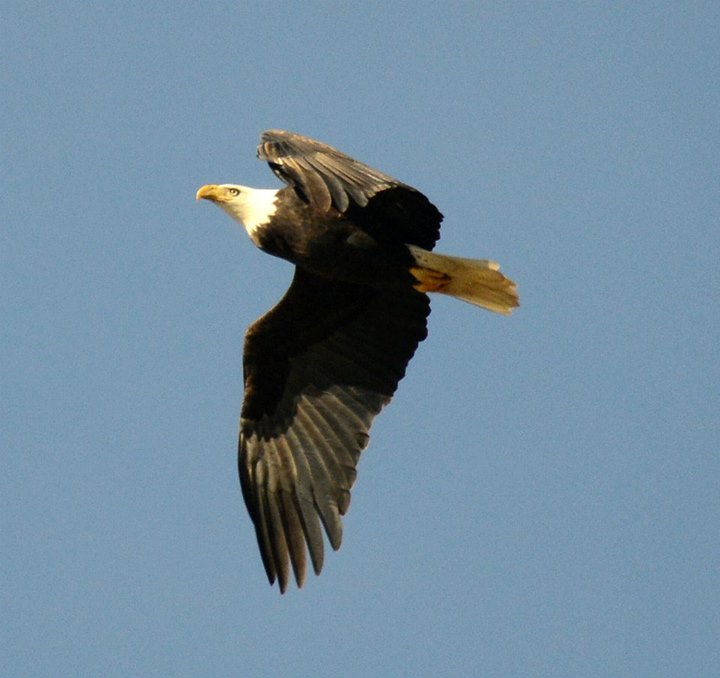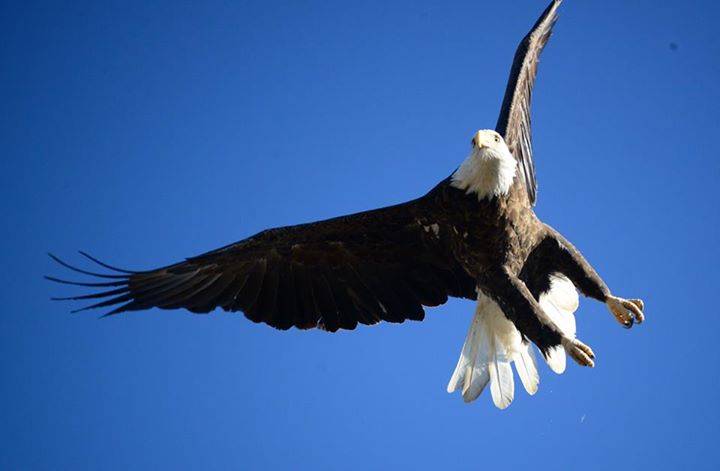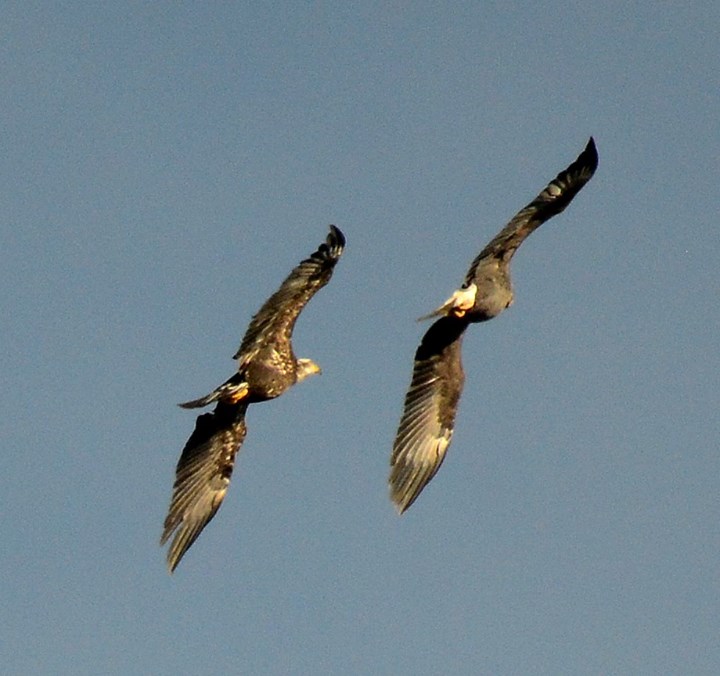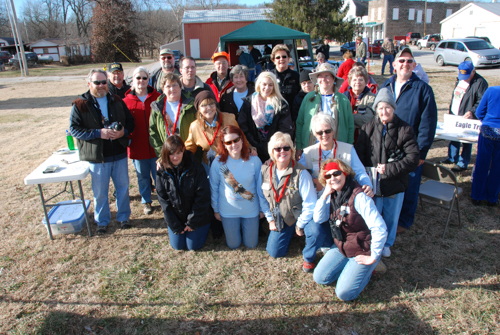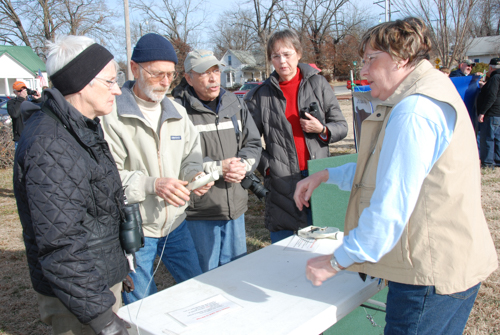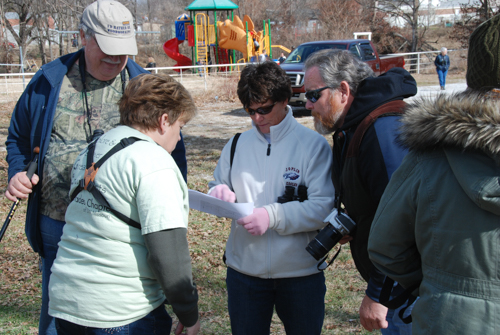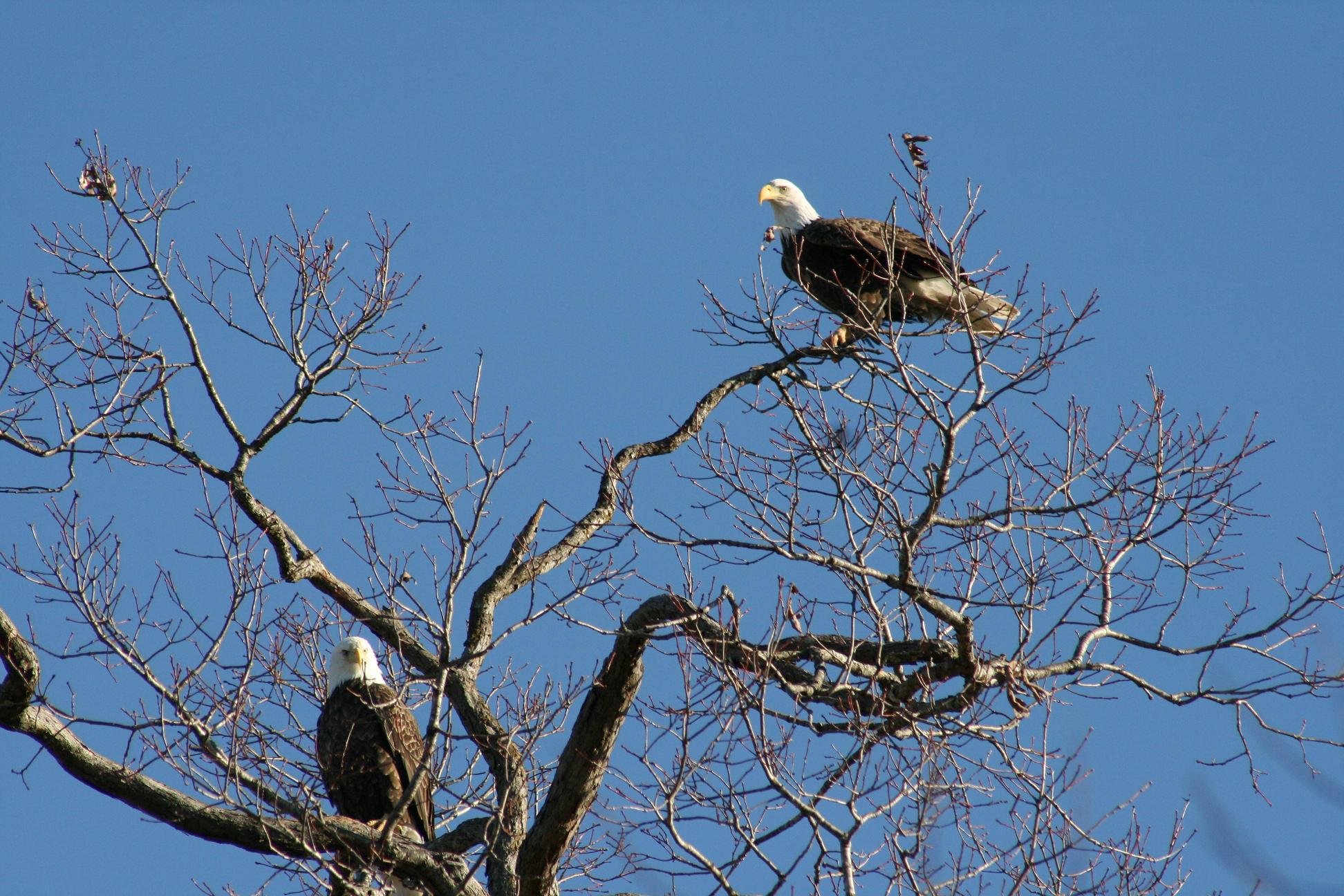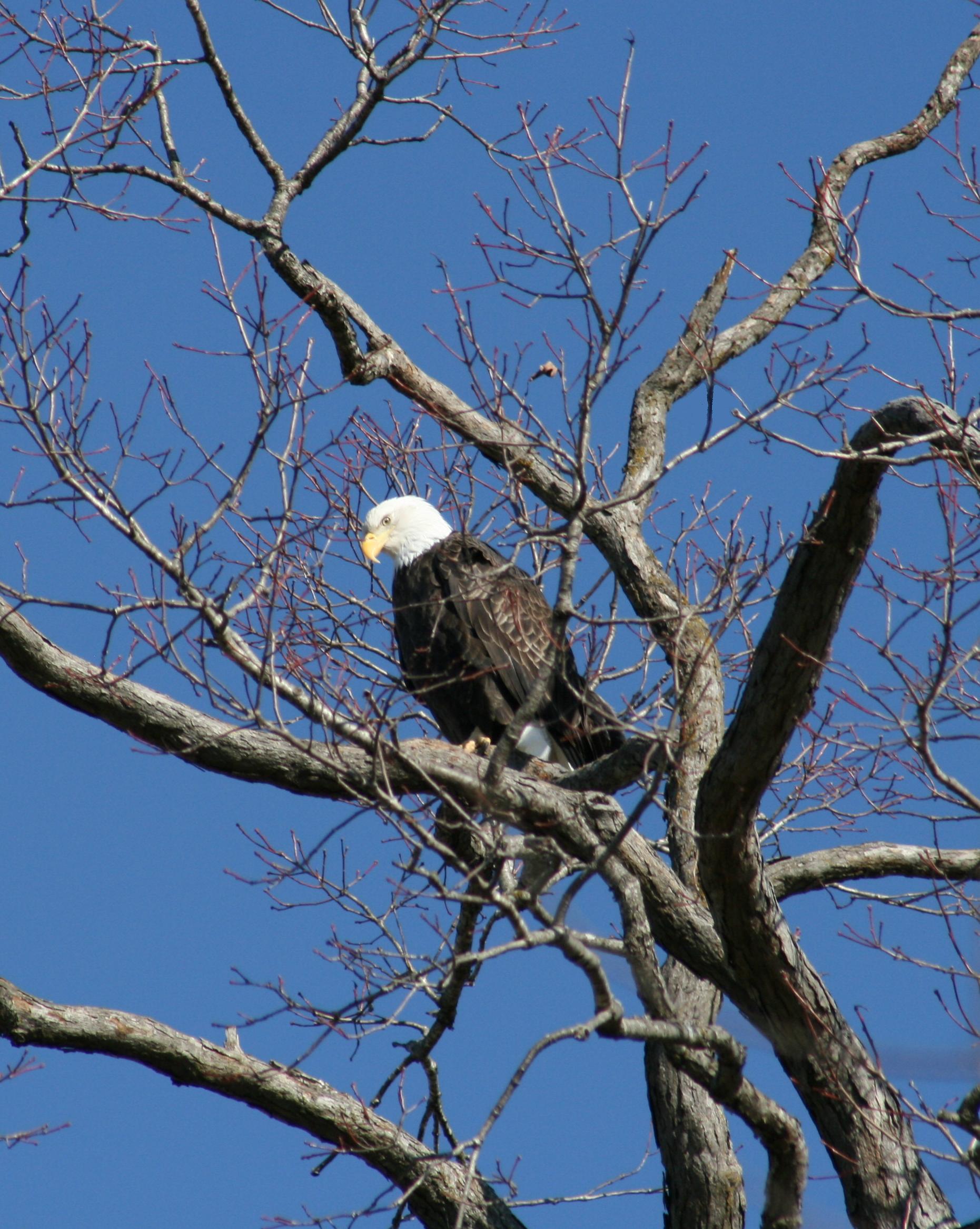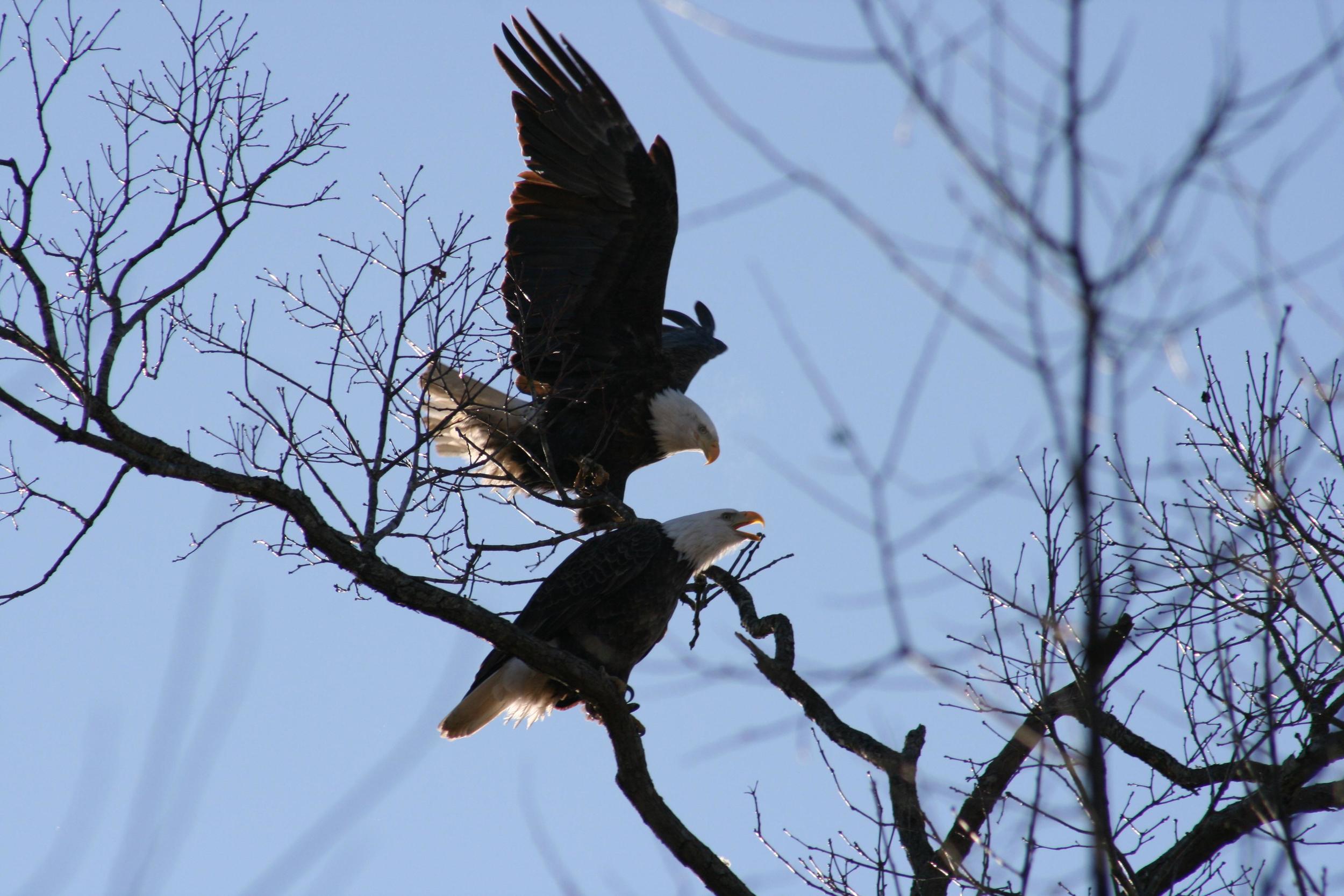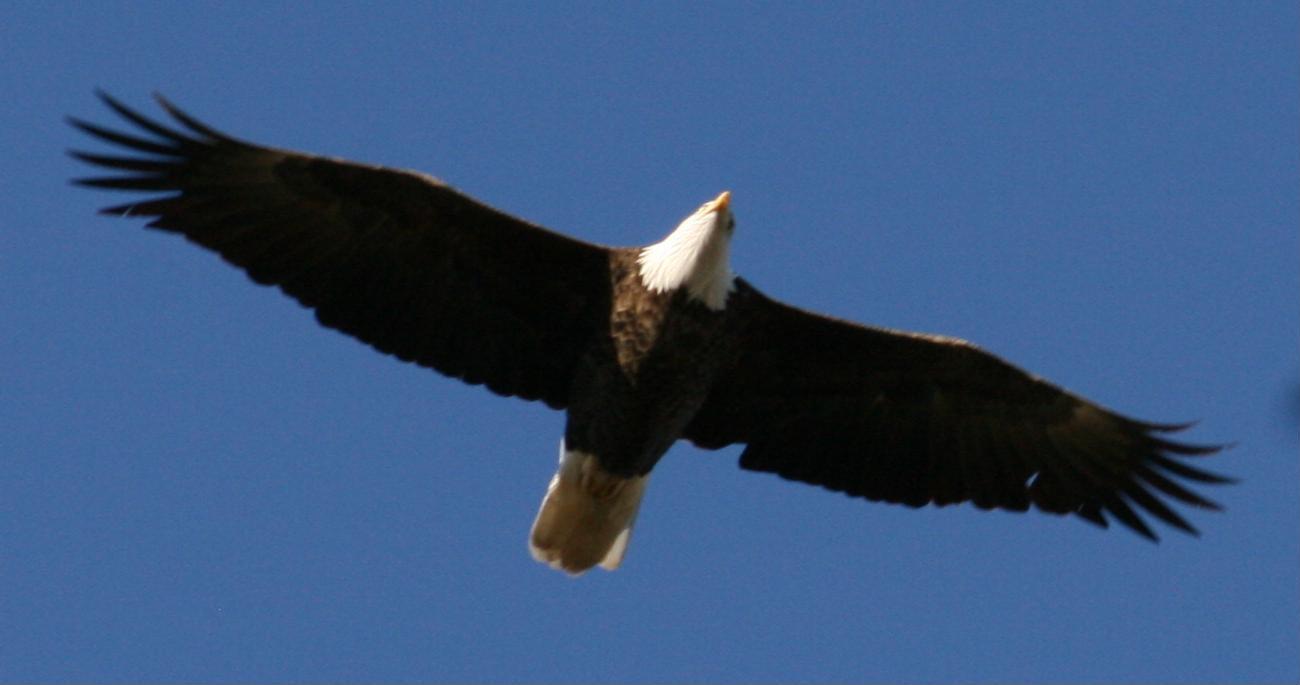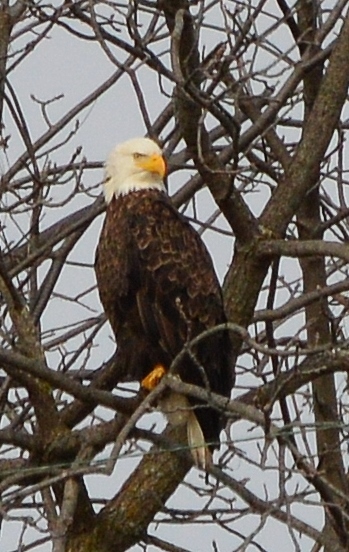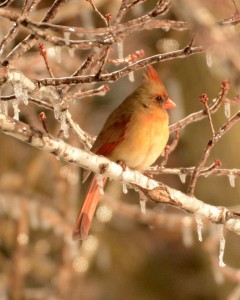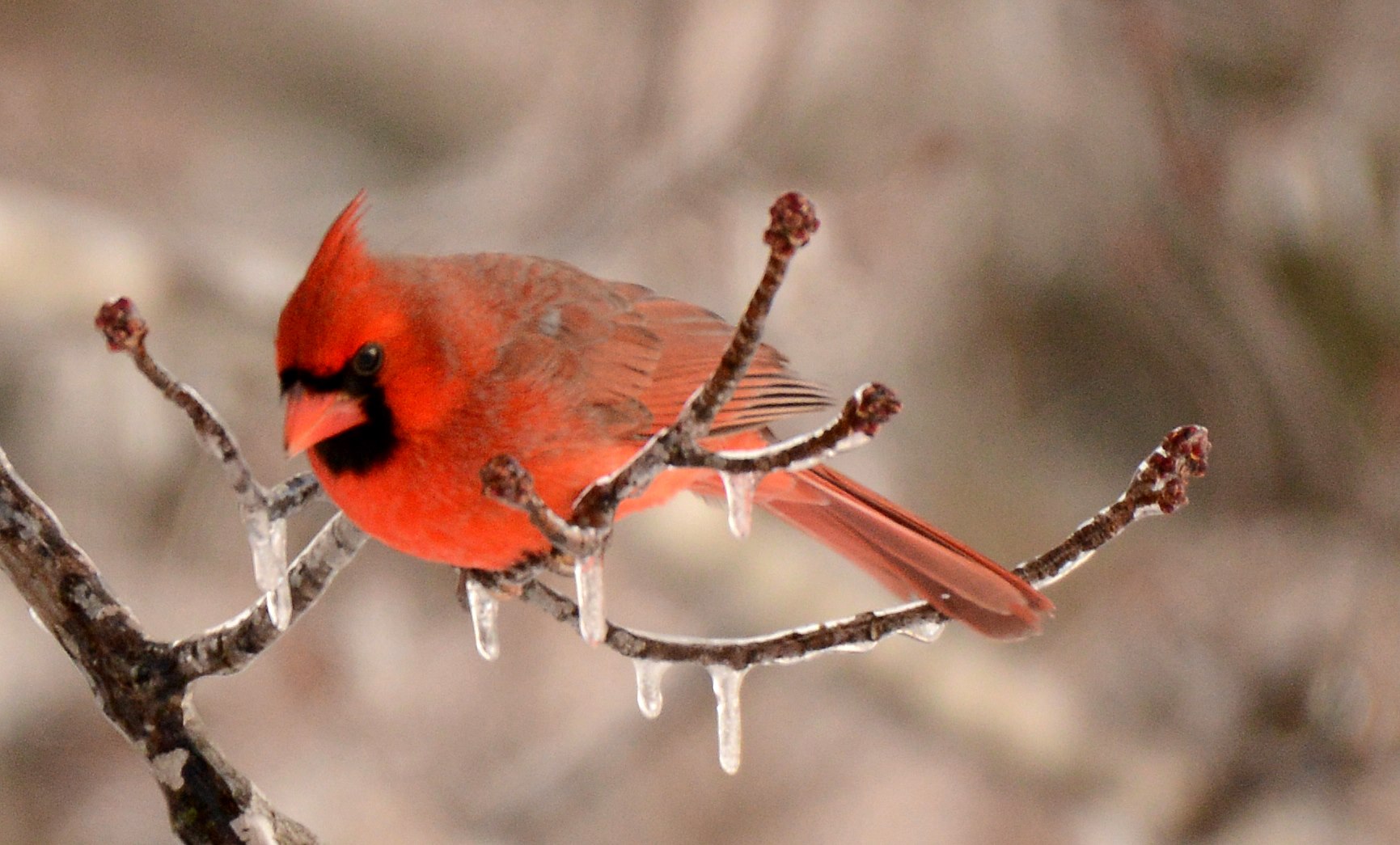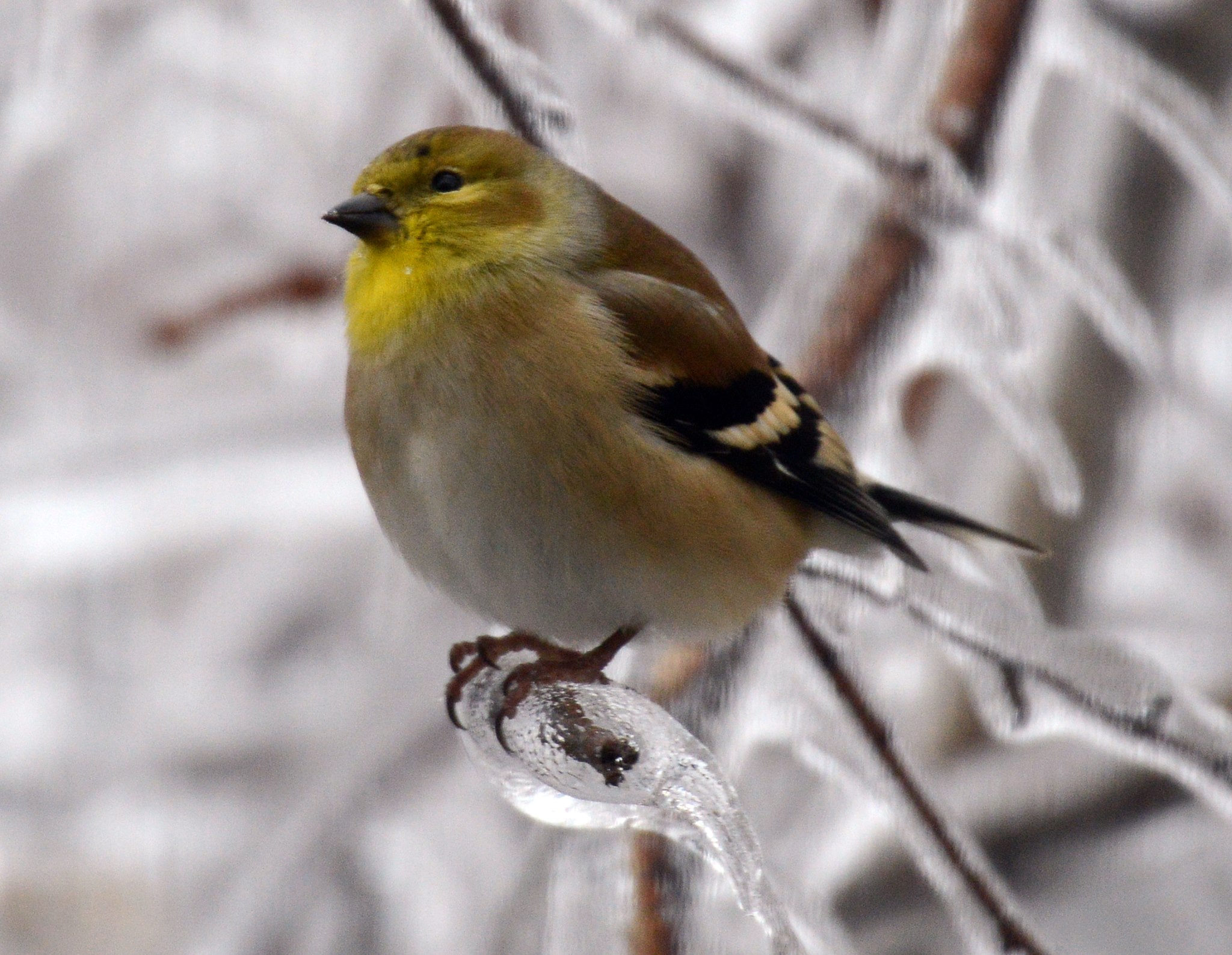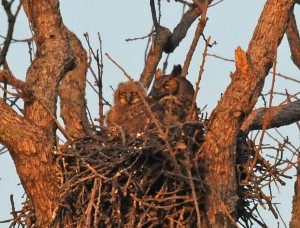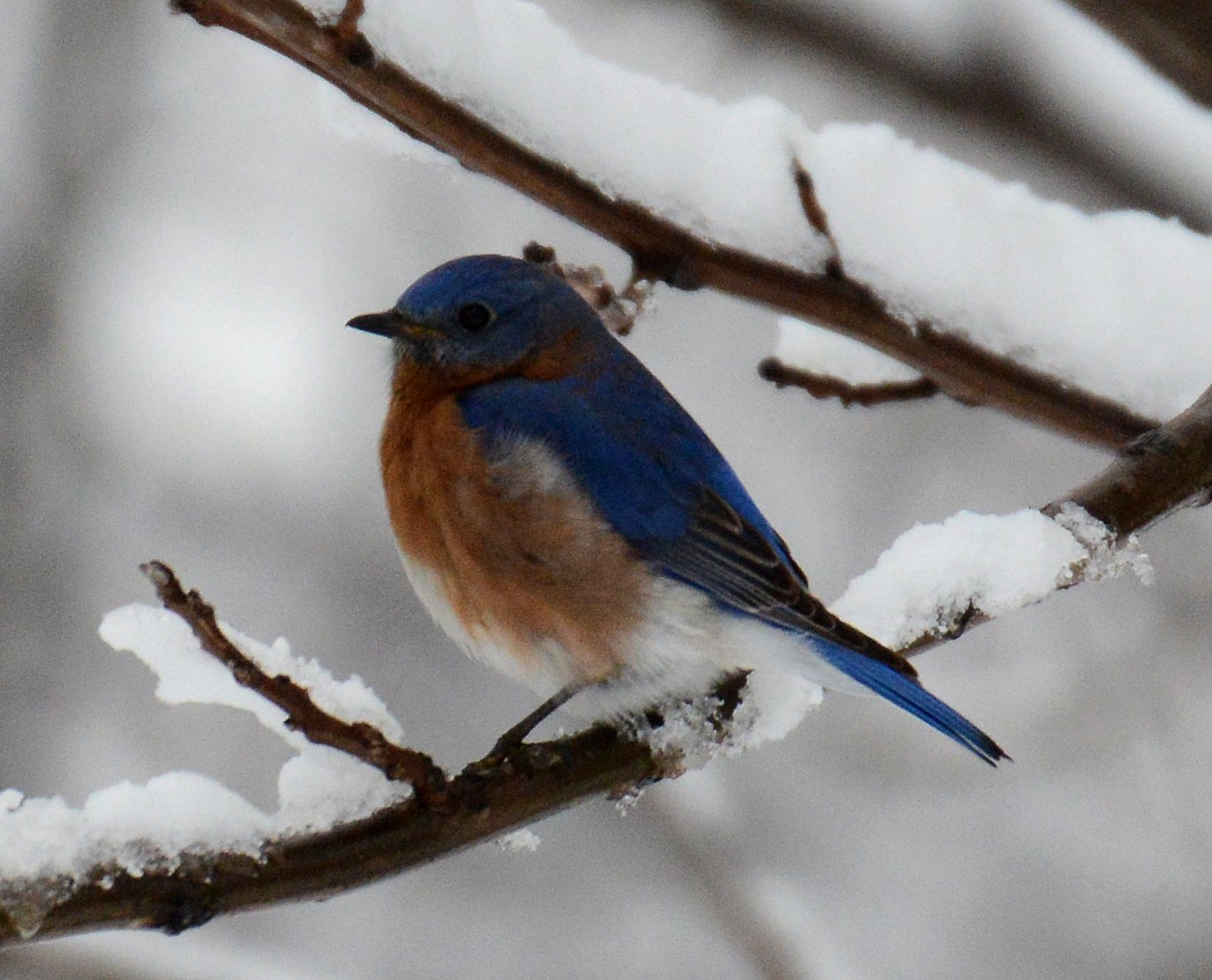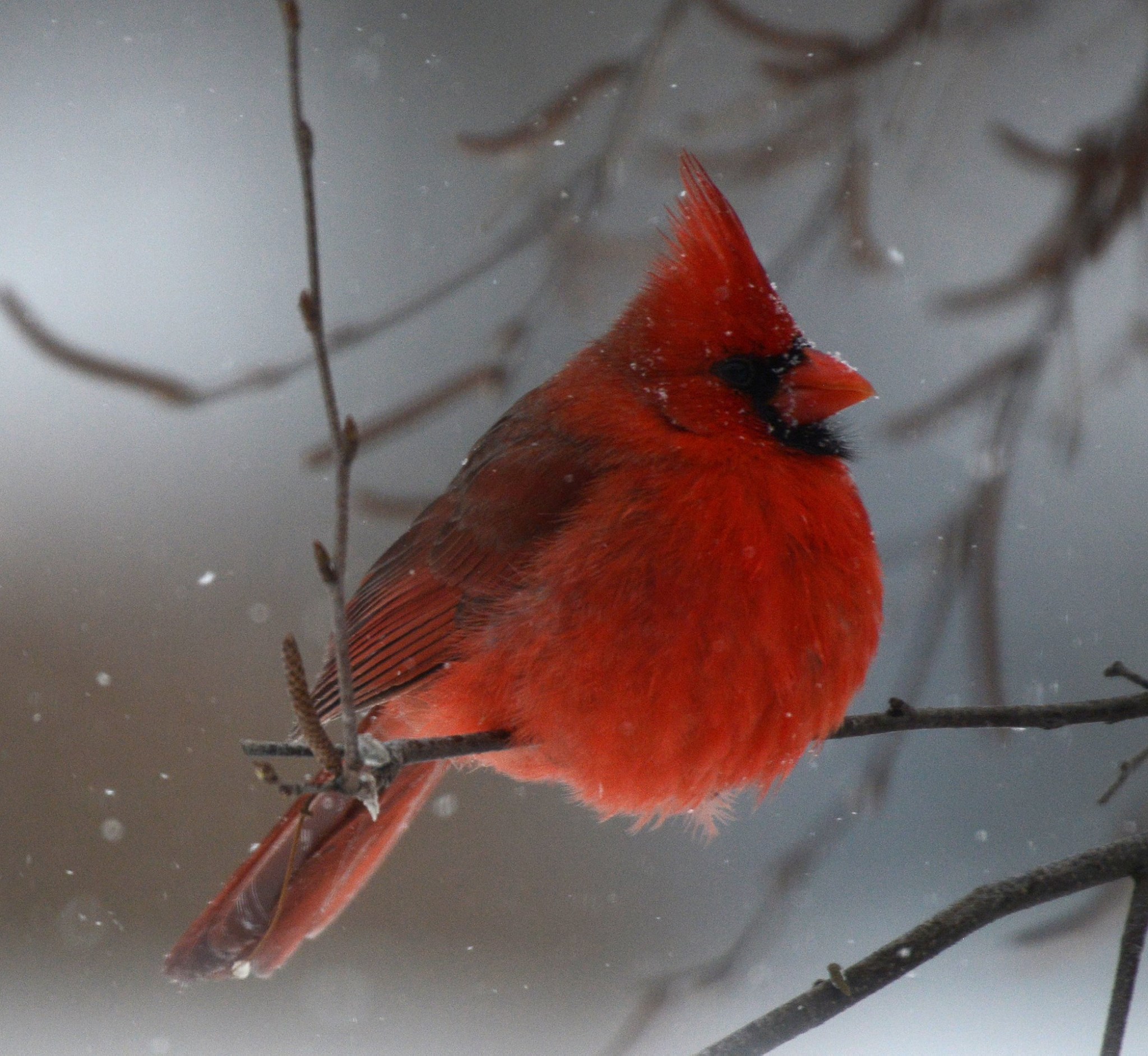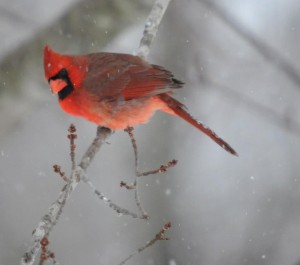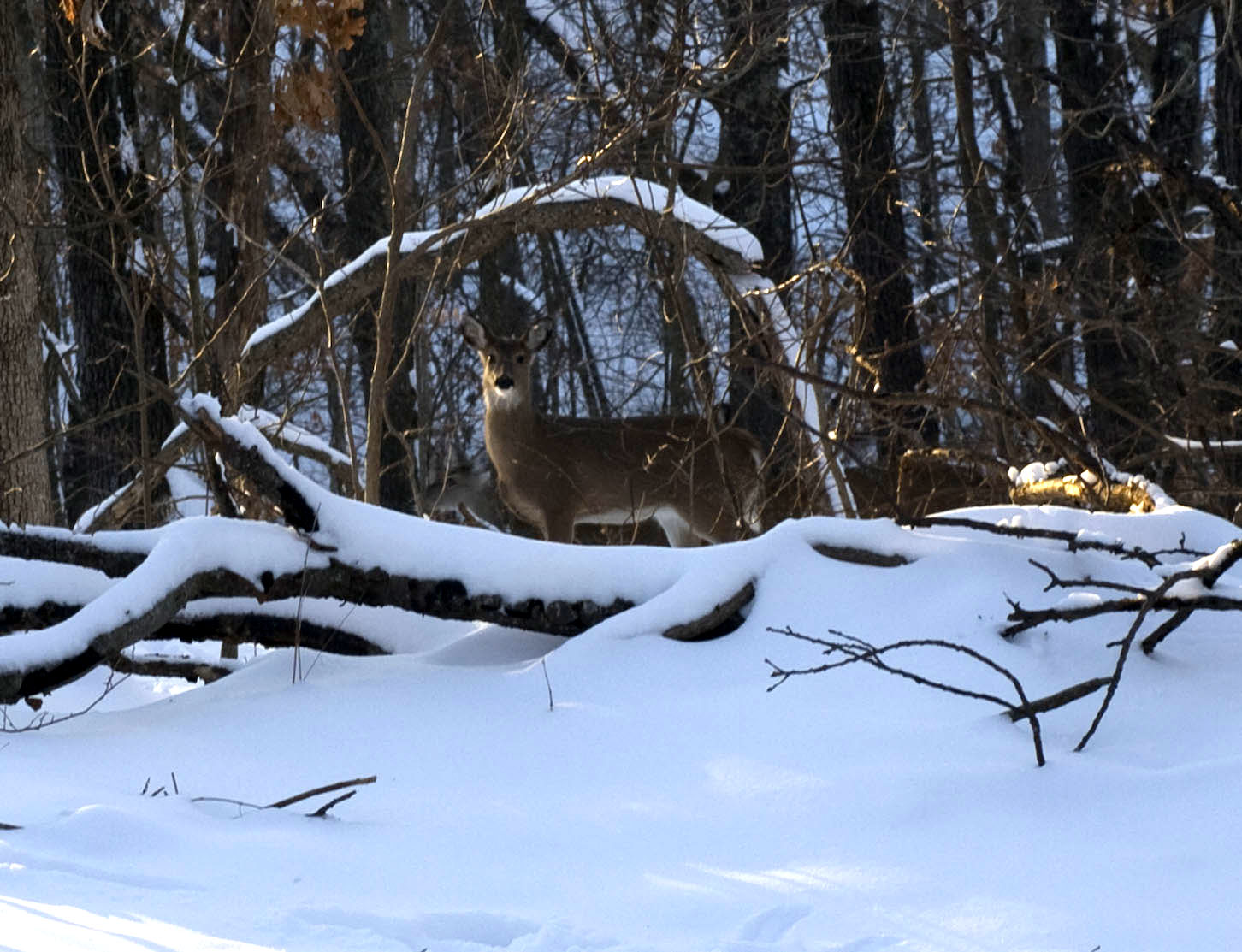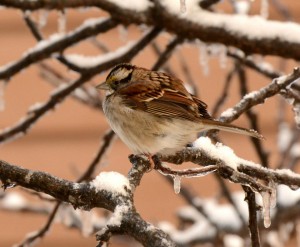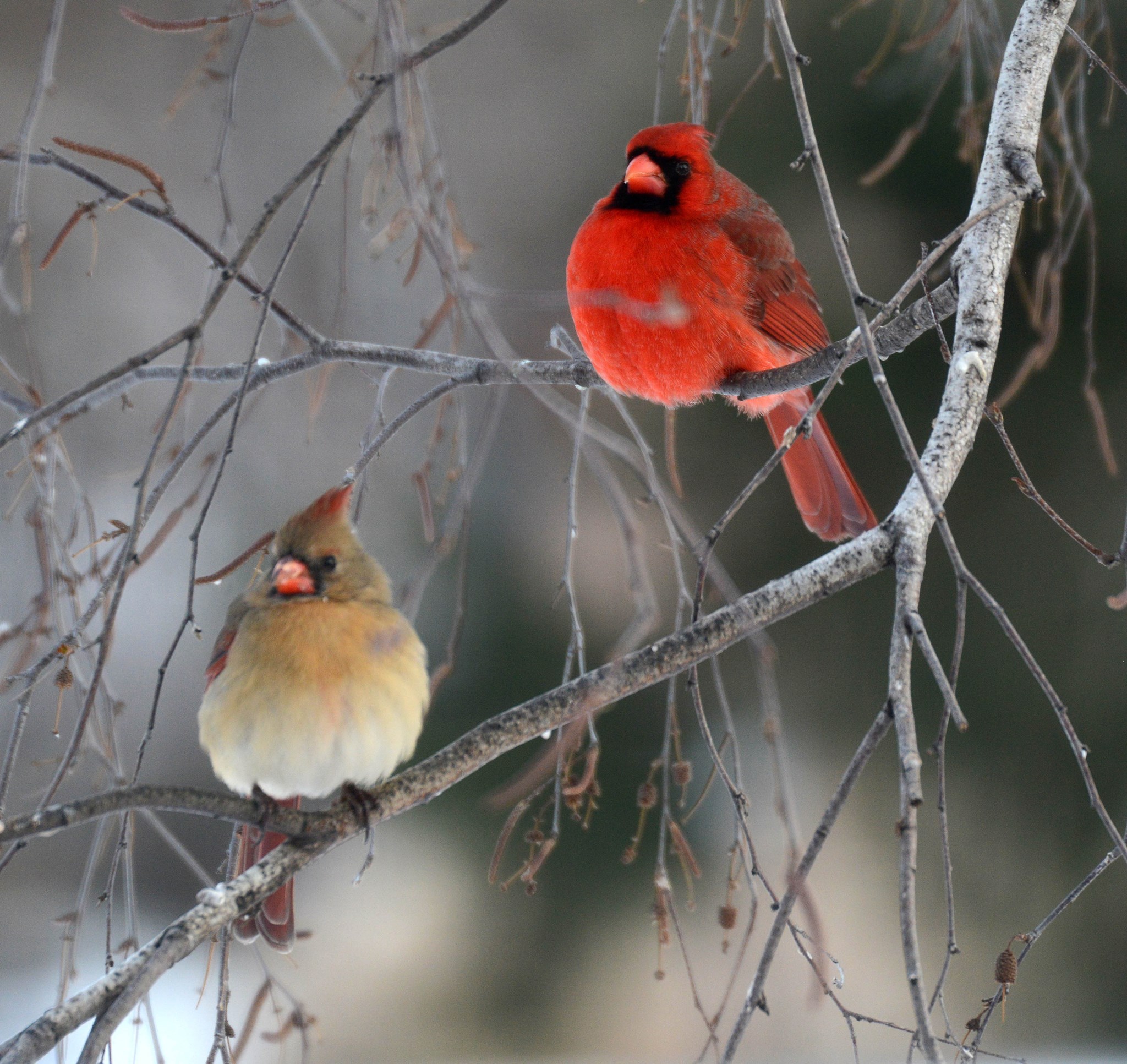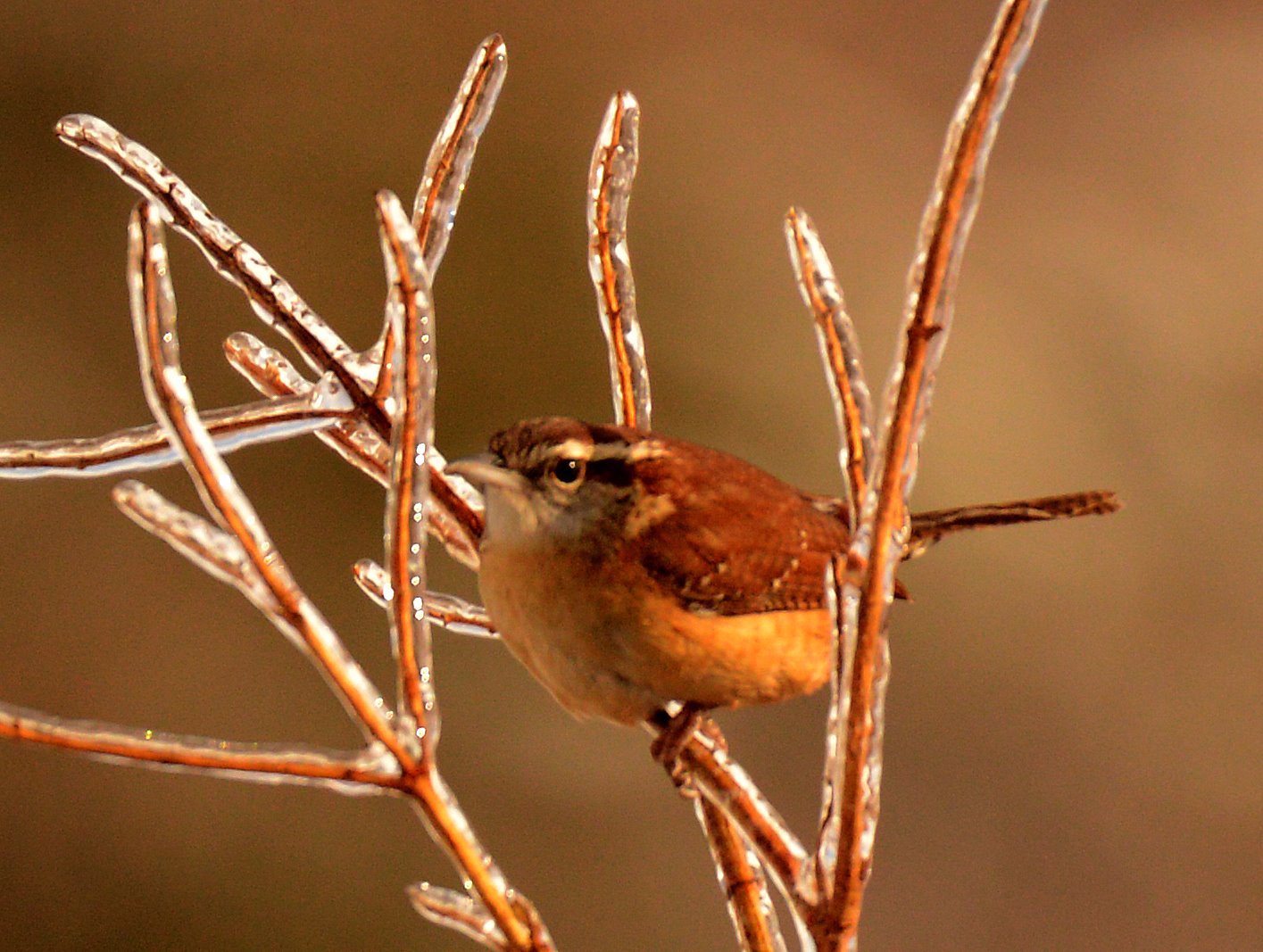Diamond Grove Prairie
Local prairies are full of amazing color right now so it is fitting to spend some time during the week of the summer solstice observing a local prairie. I always find time during this week to visit some prairies because they are at their peak of blooming.
““I was raised on county sunshine, green grass beneath my feet.
Running through fields of daisies, wading through the creek.””
I was not raised in the country; I grew up in suburban St. Louis. But that did not stop me from seeking out any tiny patch of green grass, fields of flowers, or a creek to wade in when I was young. Summer was an endless time of staying outdoors hours at a time, exploring natural places, and searching for anything wild; turtles, snakes, bugs, and lots of dirt.
At a young age I was fascinated with wildflowers. Not yet acquiring my “naturalist mentality” I picked some every day and had vases of flowers all over the house. Today, I find it more satisfying to leave the flowers there for everyone to enjoy, and assure they can reseed for the next season.
Coreopsis
My favorite prairie, Diamond Grove, dressed itself in my favorite color, yellow, for the first day of summer. Purple headed sneeze-weed, cownbeard, black eyed susans, and coreopsis created a yellow carpet wonderland for butterflies, dragonflies and birds.
Indian Paint Brush
Poppy Mallow
Contrasting colors came from bright red-orange Indian paint brush, blue spider-wort, and pink sensitive brier. Hard to find milkwort, wild petunia, and Deptford pinks shyly hid in the under-story of the tall grasses.
My second favorite prairie, Linden Prairie, was ablaze with color. Dark pink poppy mallow waved above the tall grasses, gray-headed cone flowers delicately shifted their heads in the wind, and bright yellow ox-eye sunflowers beamed in the sunlight.
At Linden Prairie, I recorded eight species of butterflies and two types of dragonflies while listening to dickcissels and many other birds call from one end of the prairie to the other. I had the whole prairie to myself, which was both wonderful and sad at the same time. Sad because others were missing what I got to enjoy.
Wood nymph butterfly
Many cultures observe the summer solstice as a turning point in the year. On the prairie, it is also a turning point. It is the beginning of the end as wildflowers are at their peak and we begin to observe the seeds of summer’s end. So get out there and absorb some country sunshine and get some green grass beneath your feet on a local prairie. You will be better for it!
Ann Butts has been a member of Chert Glades Master Naturalists since 2005. Preserving wildflowers and prairies are high on her list of worthwhile Missouri projects. “My goal, through my photography, writing, and volunteerism is to help people think about nature, learn about nature, and respect nature.”






